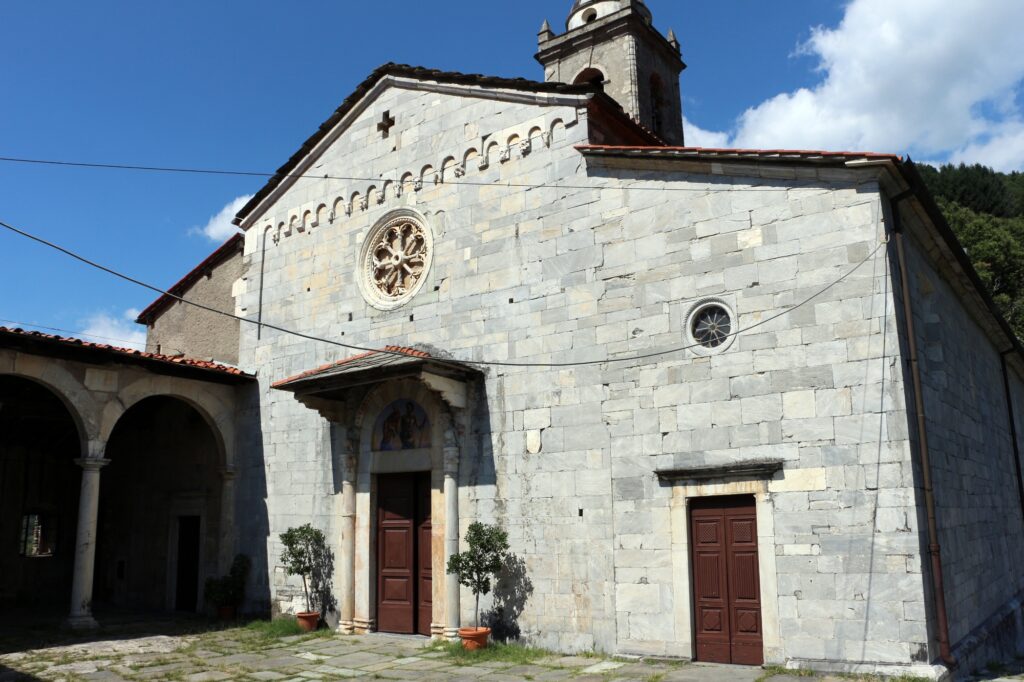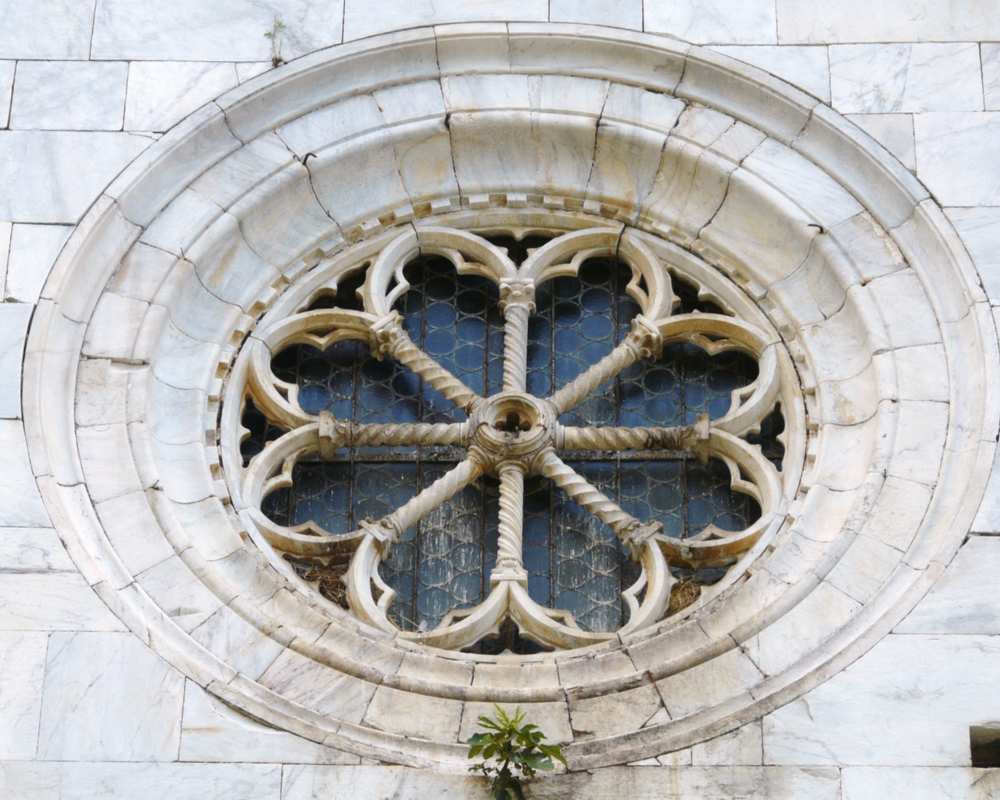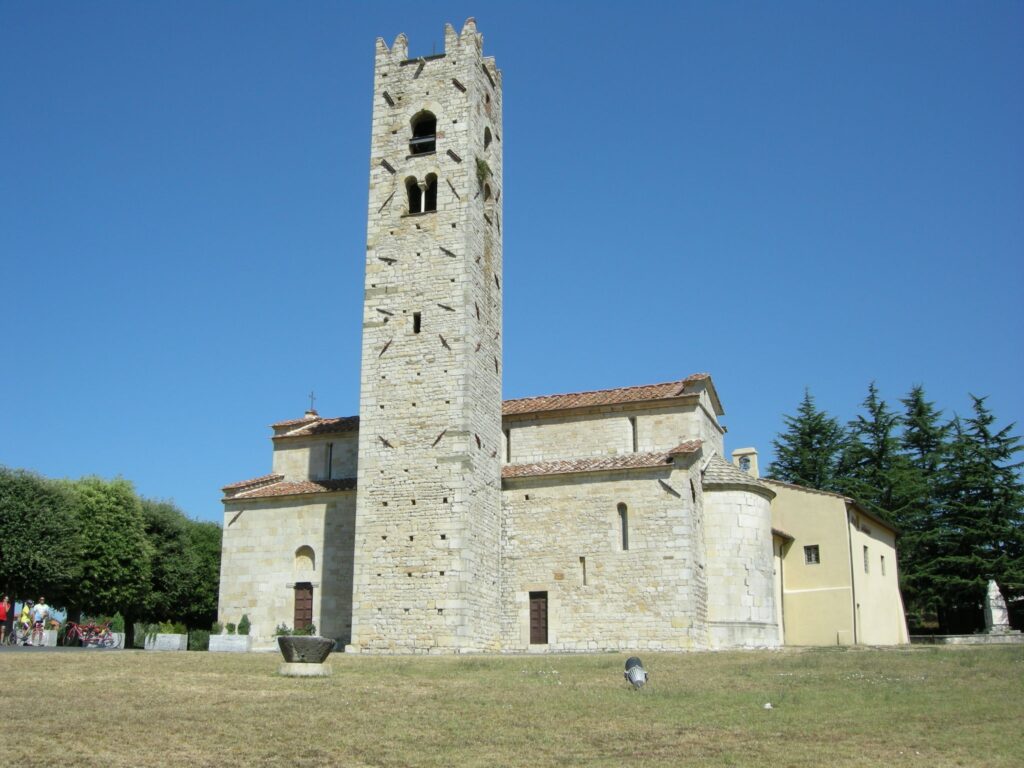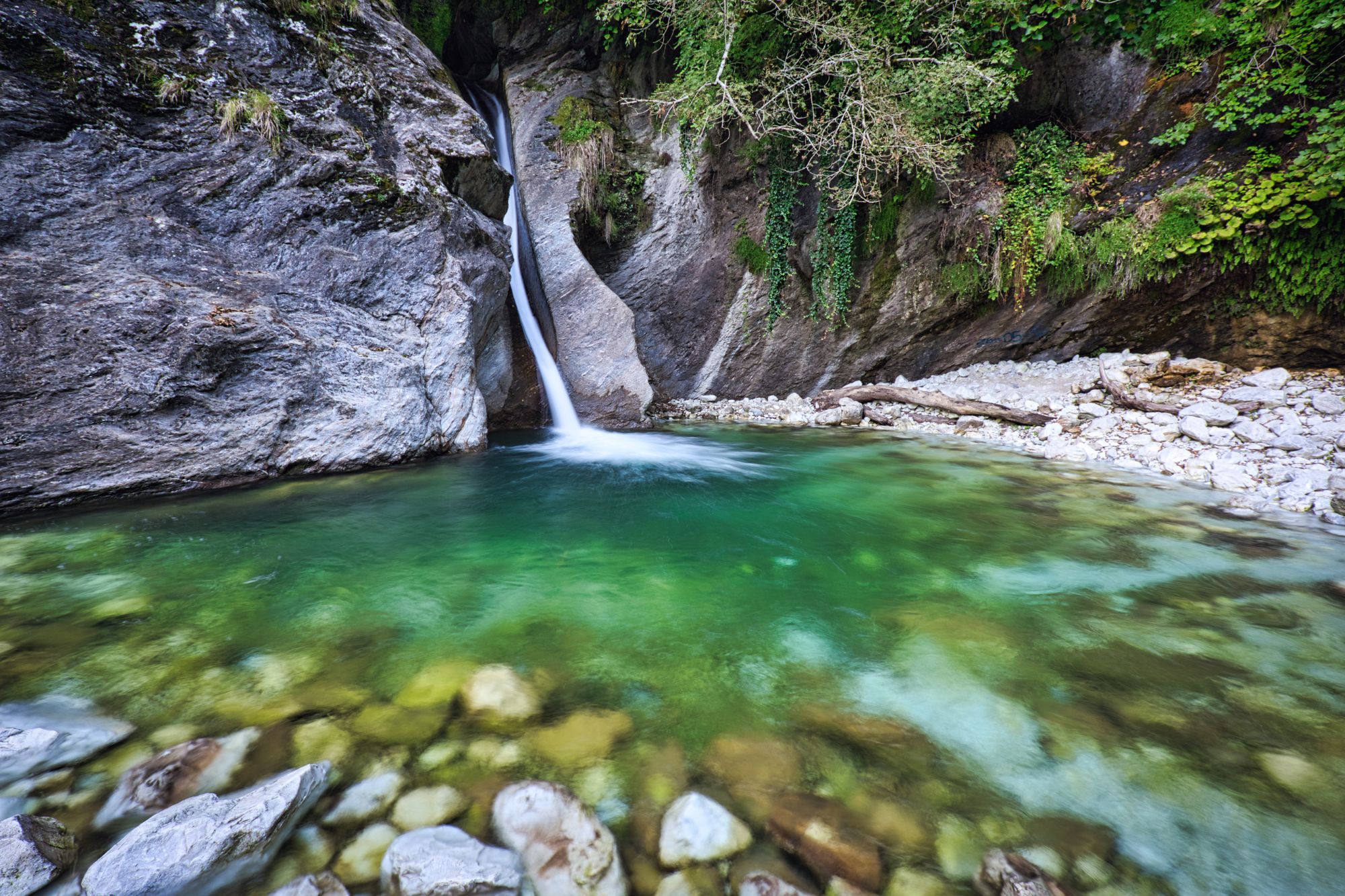Itinerary to discover the parish churches of Versilia
6 min · 21 Dec 2023
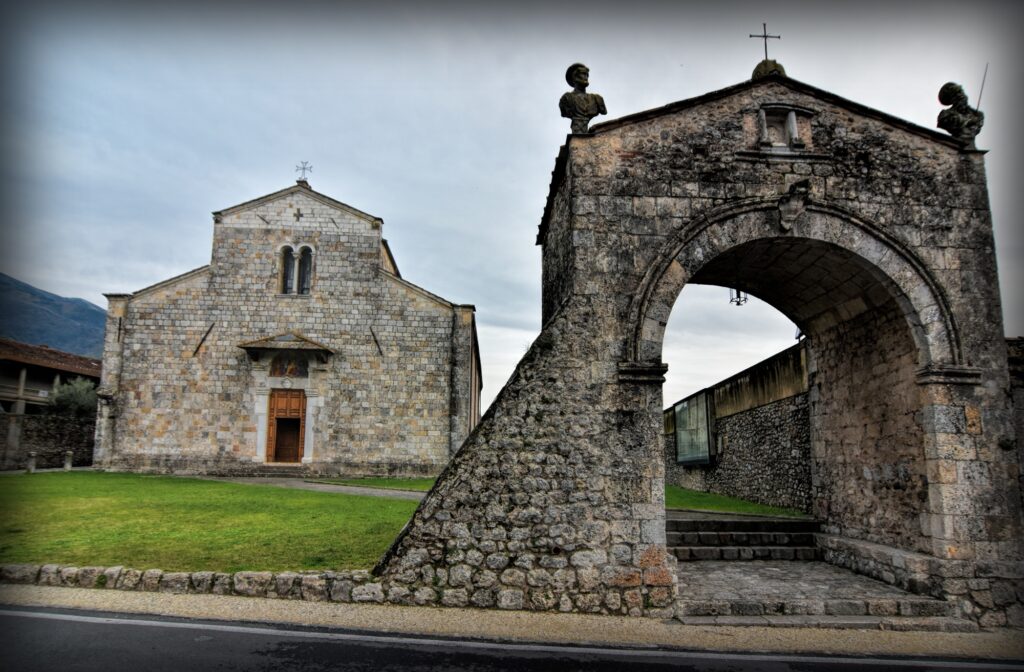
Versilia is not just sea and beaches but also a region rich in history and jewels to discover. Here we propose an itinerary that will guide you to discover the ancient parish churches that dot the Versilia area. The route is just over 30 kilometers long and can be traveled by car or motorbike in any season of the year.
The Church of Santa Maria Assunta in Stazzema
The first stop on the itinerary is the Romanesque Church of Santa Maria Assunta in Stazzema. It is located just outside the town, in a dominant position over the Vezza river valley below. According to some scholars, it was erected on the remains of a pagan temple already built by Roman soldiers and dedicated to Minerva. First mentioned in the 9th century, it has undergone considerable renovations and additions over time. It stands out for its bardiglio marble façade, with a 15th-century rose window decorated with hanging arches and corbels worked with figures of various kinds. The portico, added in the 17th century, is very striking. The interior features several works such as an Assumption of the Virgin by Pietro da Talata, a predella by Zacchia il Vecchio and a sculpture by Niccolò Civitali.
The Parish Church of Santo Stefano in Vallecchia
The second stop on the itinerary is the Pieve di Santo Stefano in Vallecchia, a hamlet of the municipality of Pietrasanta. Located along the route of the Via Francigena, it was first erected in the 8th century but the present structure dates back to the 11th century. Few traces remain of the original building, erased by numerous subsequent interventions of tampering. It has a simple façade decorated with white marble from the nearby Solaio quarry. Inside, in a niche in the third pillar of the left aisle, is a valuable sculpture of the Madonna and Child, dating back to the 14th century. The rich furnishings are completed by 17th-century polychrome marble confessionals, various 14th-century frescoes depicting sacred scenes, and the richly decorated 17th-century pulpit in Baroque style.
The Church of Sant’Agostino in Pietrasanta
A few kilometres from the Pieve di Santo Stefano, and precisely in the historical centre of Pietrasanta, is the complex composed of the Church of Sant’Agostino and the adjacent former convent with its characteristic cloister. The church, now deconsecrated and an evocative venue for art exhibitions, is one of the main Gothic buildings in Versilia. It was built starting in the 14th century by Augustinian friars, although what we can admire today is the result of subsequent revisions and modernisation. Notable are the painted altars, among which is the Annunciation (17th century, attributed to Matteo Boselli). The adjacent former convent houses the Municipal Library and the Museum of Sketches (in which over 700 sculpture sketches by international artists are collected).
The Parish Church of Saints John and Felicita in Valdicastello
The next stop is the Pieve dei Santi Giovanni e Felicita in Valdicastello, a small hamlet of Pietrasanta known for being the birthplace of Giosuè Carducci (the first Italian to win the Nobel Prize for literature). Surrounded by the greenery of an olive grove, it is one of the oldest parish churches in Versilia. It was first mentioned in the 9th century but the present structure dates back to the 12th century. A large number of sculptures depicting human and animal figures can be seen from the period. Besides its position, it is striking for the contrast between the whiteness of the façade and the red brickwork of the single-light windows opening onto the bell tower. Inside, one can admire valuable late 14th-century frescoes and an interesting 15th-century tabernacle.
The Abbey of San Pietro at Camaiore
Having left the village of Valdicastello, the itinerary continues to Camaiore with a visit to the Badia di San Pietro (better known as the Abbey of Camaiore), whose importance is due to its monumentality. Situated on the edge of the Via Francigena, it constitutes one of the oldest sacred examples in these lands, first recorded in an Episcopal parchment in the 8th century. Although it has undergone numerous interventions and modifications, the austere three-nave layout, the apse and the lower part of the façade can still be admired from the primitive structure. Inside, the two frescoes on the first and second columns of the left aisle depicting St. Mary of Egypt and Our Lady of Mercy respectively (dating back to the 14th century), the tabernacle and the 15th-century holy water stoup are noteworthy.
The Parish Church of San Pantaleone in Pieve a Elici
Finally, the last stop on the itinerary is the Pieve di San Pantaleone in Pieve a Elici, a small hamlet in the municipality of Massarosa. According to tradition, the origins of this church date back to San Frediano, bishop of Lucca, during his vast work of reorganisation of the Lucchese church at the turn of the fifth and sixth centuries. The current layout dates back to around the 12th century, when it was rebuilt preserving the only wall still standing of the original construction. Sublime to the eye from the outside for its superb whitish mass and the gracefulness of its crenellated bell tower, inside it holds important works such as the 13th-century fresco of the Madonna and Child, the 16th-century crucifix among saints, and the 15th-century marble polyptych.
Photo © Visit Tuscany
